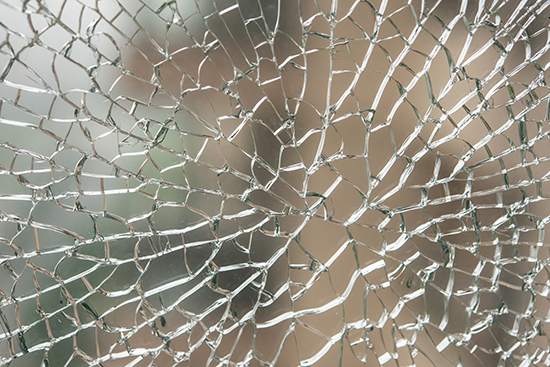
Tempering and Heat Strengthening Glass
Tempering or heat strengthening not only provides safety but it also makes the glass 3-5 times stronger than ordinary annealed glass. The process of tempering is heating the glass to a near softening temperature then travels to a high-pressure cooling procedure called “quenching.” During this process, which lasts only a few seconds, high-pressure air blasts the surface of the glass from an array of nozzles in many positions. Quenching cools the outer surfaces of the glass much more quickly than the center. As the center of the glass cools, it tries to pull back from the outer surfaces. As a result, the center remains in tension, and the outer surfaces go into compression, which gives tempered glass its strength. When tempered glass is broken it safely breaks into tiny particles instead of large dangerous shards.
Sinclair Glass can produce tempered glass in both flat and bent glass shapes. Tempering is also an option with decorated glass or patterned glass, with a thickness from 1/8” to ½”. While not all glass can be tempered, Sinclair has been able to maximize mold technology and temper glass in shapes and radii that most can’t achieve. Many industrial applications prefer the use of tempered or heat strengthened glass for the safety while others prefer it for the increased strength.
